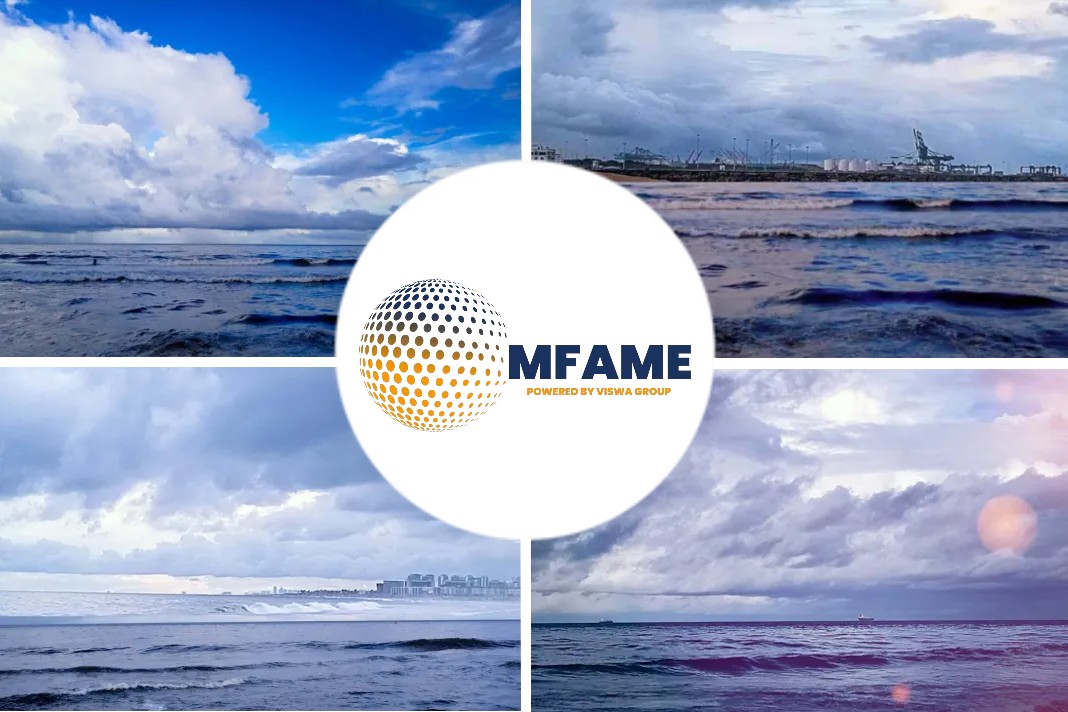Bunker fuel prices can trigger a scrubber investment upsurge as a Platts report suggests, writes Seatrade Maritime’s Asia Correspondent Lee Hong Liang. According to the report, the early assessments of the price spread between 3.5% high sulphur bunker fuel and 0.5% low sulphur fuel are indicated at as low as $40 to a high of $104 per metric tonne (pmt).
The Assessment Report
The report drawn from Taiwan’s Oil refiner CPC Corp and Platts, pose a question on the impact the lower end of the scale in driving shipowners’ decision to invest in scrubbers based on the expected fuel price spread.
- CPC Corp has officially launched a daily posted price for low sulphur 180 cst fuel on its website last week for five Taiwanese ports – Kaohsiung, Keelung, Taichung, Hualien, and Suao.
- On Tuesday, the 0.5% sulphur 180 cst grade’s posted price was indicated at $421 pmt, $104 more compared to the 3.5% sulphur grade at Kaohsiung, Keelung and Taichung ports, and $100 more at Hualien and Suao ports.
- Marine gas oil remains the most costly at $615 pmt at all the five ports.
- In comparison, S&P Global Platts assessment of the low sulphur fuel prices were lower at a spread of around $40 compared to high sulphur fuel prices.
- Last Wednesday, Platts assessed Singapore 380 cst low sulphur fuel price at around $366 pmt, $40 higher than the high sulphur grade.
- The low sulphur cargoes for 17 January to 1 February loading saw a premium of around $44 to Mean of Platts Singapore (MOPS) 380 cst high sulphur prices, a spread that is considered thin.
Implications of the Report
“A relatively narrow spread between FOB Singapore Marine Fuel 0.5% and FOB Singapore 380 cst high sulphur fuel oil reflects current thin demand for the compliant fuel before its use becomes mandatory from January next year,” Platts stated.
From 1 January 2020, IMO will enforce a global use of bunker fuels with a maximum sulphur content of 0.5%, down from the current 3.5%. Apart from directly burning low sulphur fuels, operators also have the option of installing scrubbers on their ships if they wish to continue using high sulphur fuels.
The driving force behind the take up of investment in scrubbers has been the potentially much lower price of high sulphur fuel oil post-2020, however, the early assessments call into question these price assumptions, although the price spread could change when the demand for compliant low sulphur fuel oil grows.
In October last year, classification society DNV GL shared in a webinar that the driving force behind scrubber uptake has been the expected fuel price spread between high sulphur and low sulphur fuels come 2020. The bigger the spread will result in higher cost savings and shorter payback period for those using scrubbers.
It was noted that should the fuel spread drop to just $40, there would be no business case for a 20MW scrubber, while a $100 spread would see a payback period of fewer than two years.
Did you subscribe for our daily newsletter?
It’s Free! Click here to Subscribe!
Source: Seatrade Maritime
















